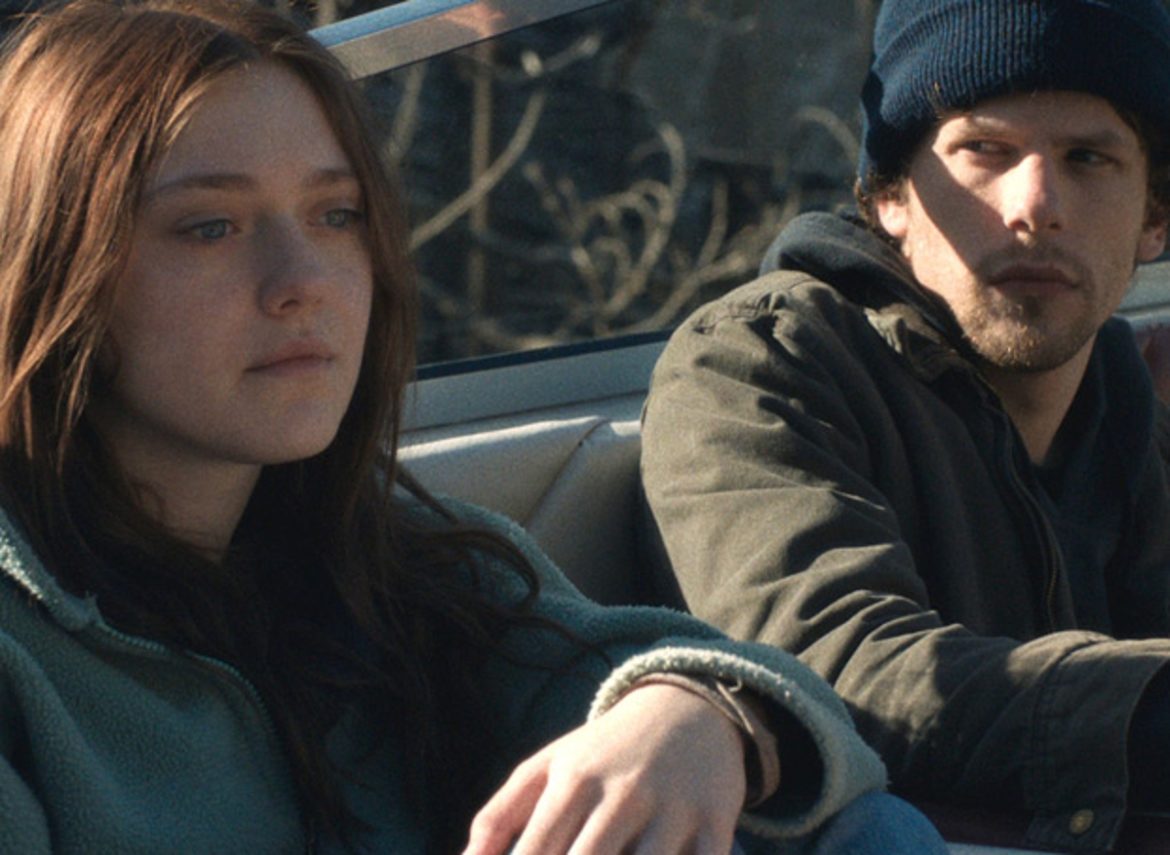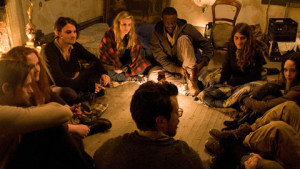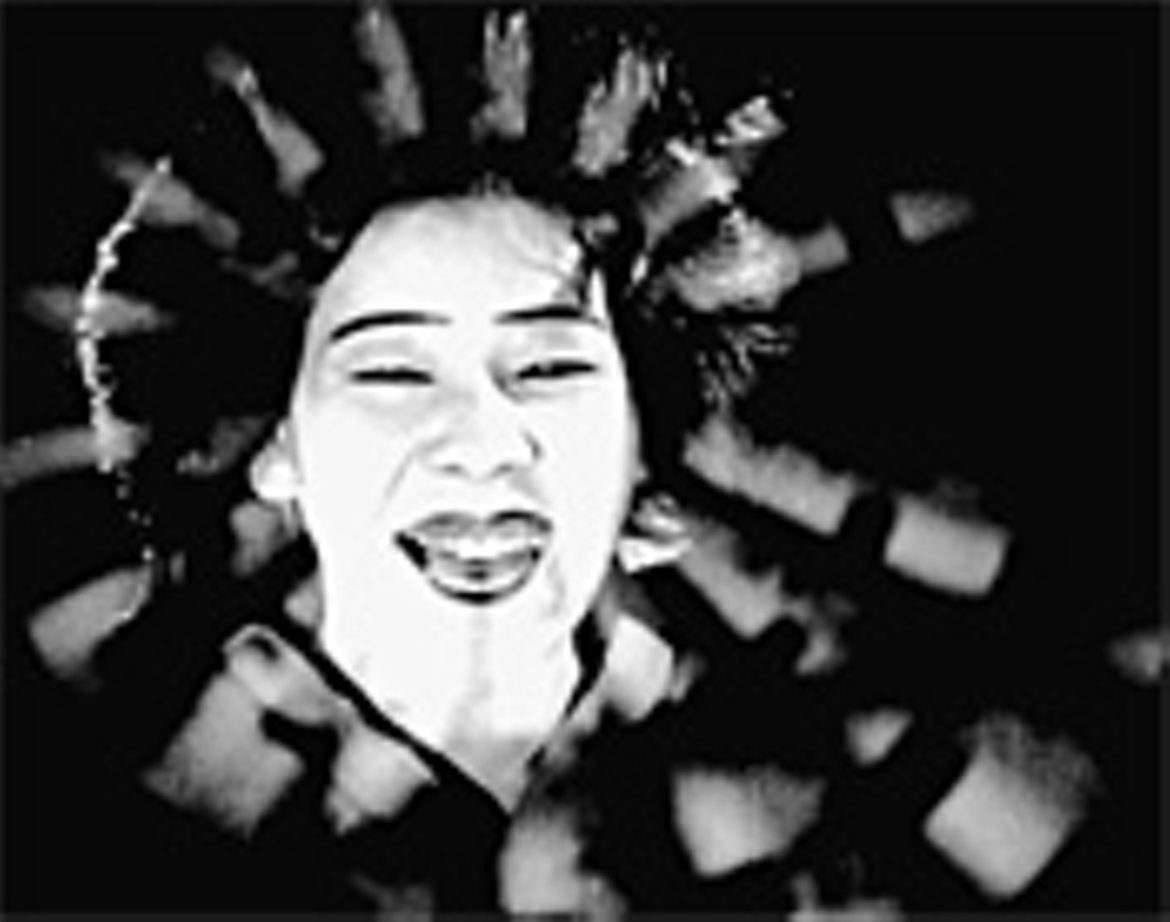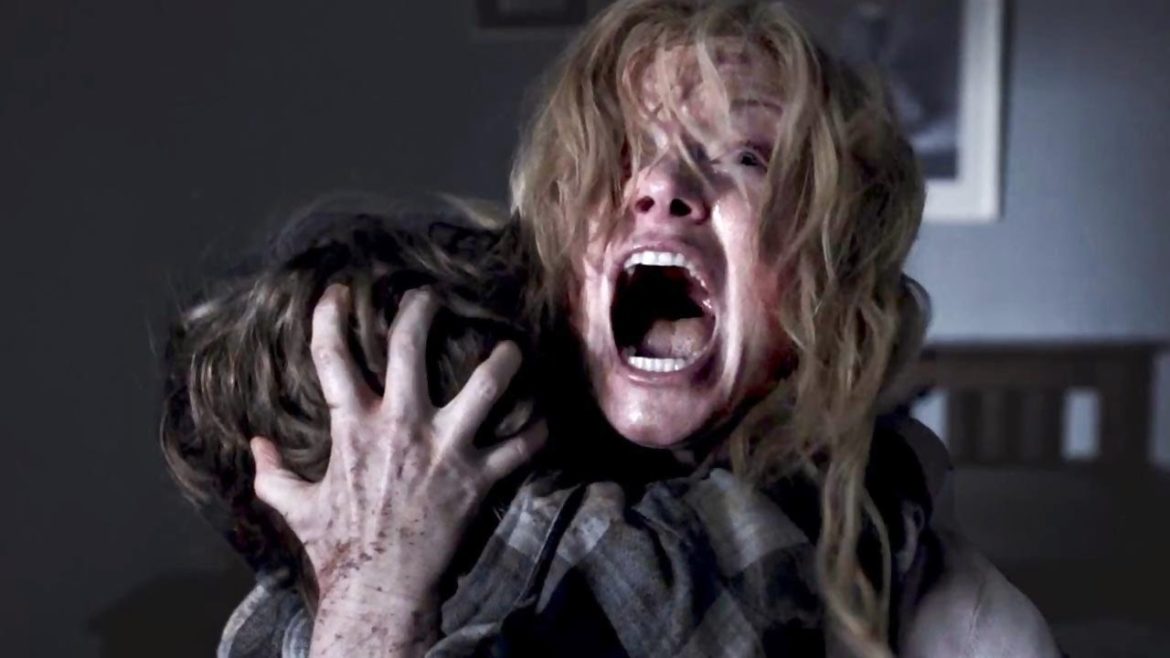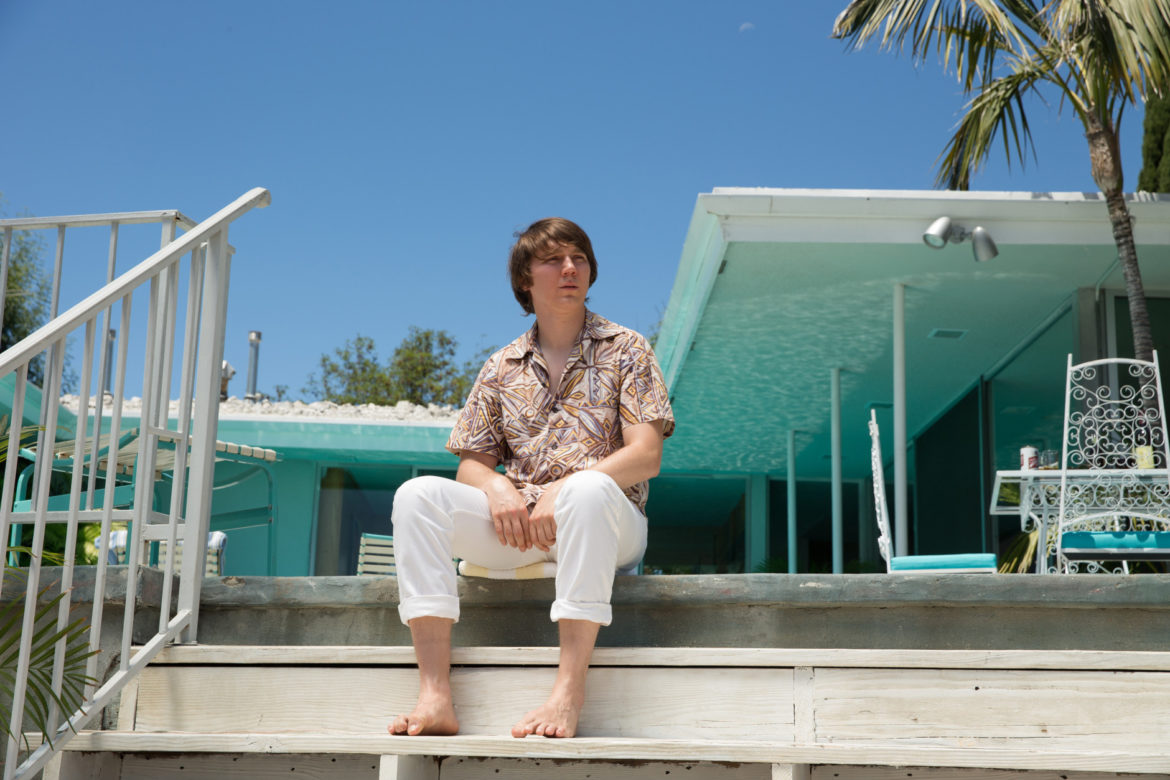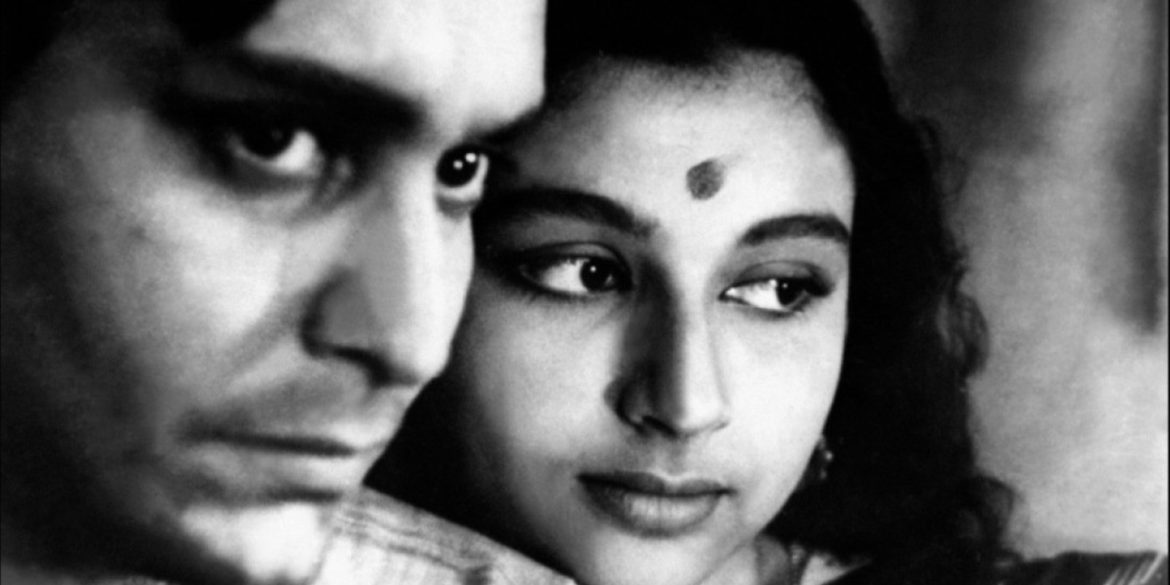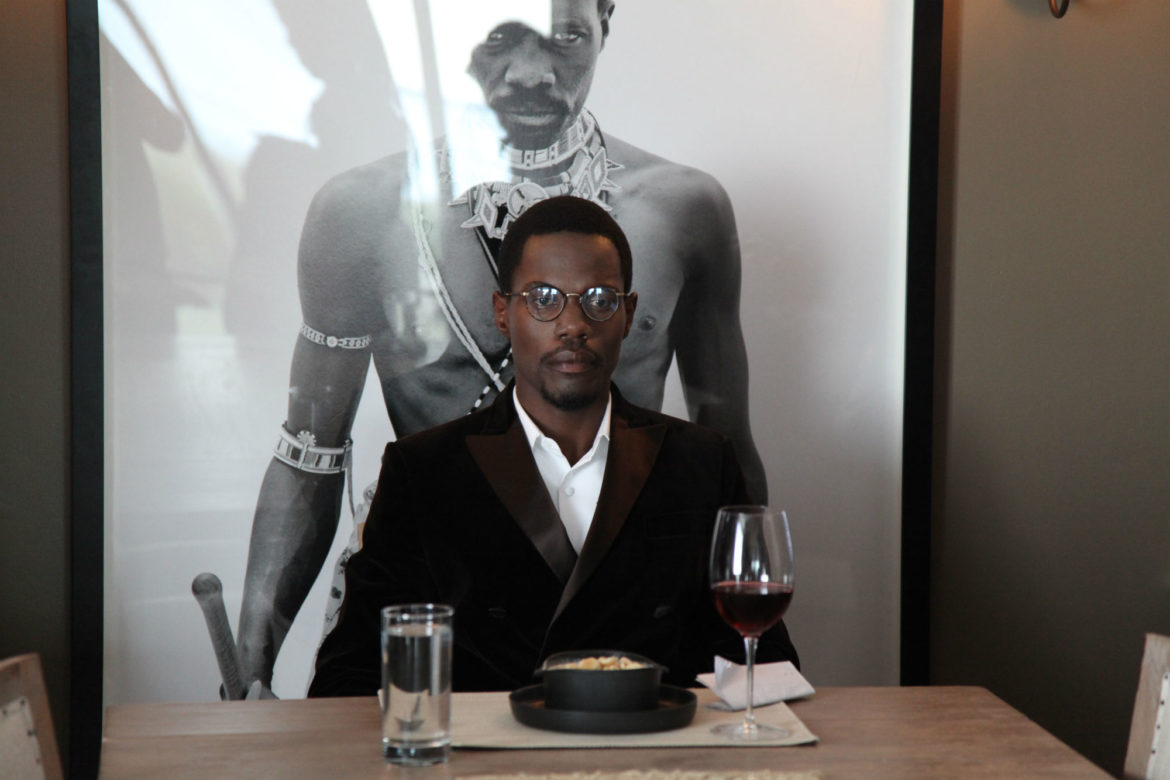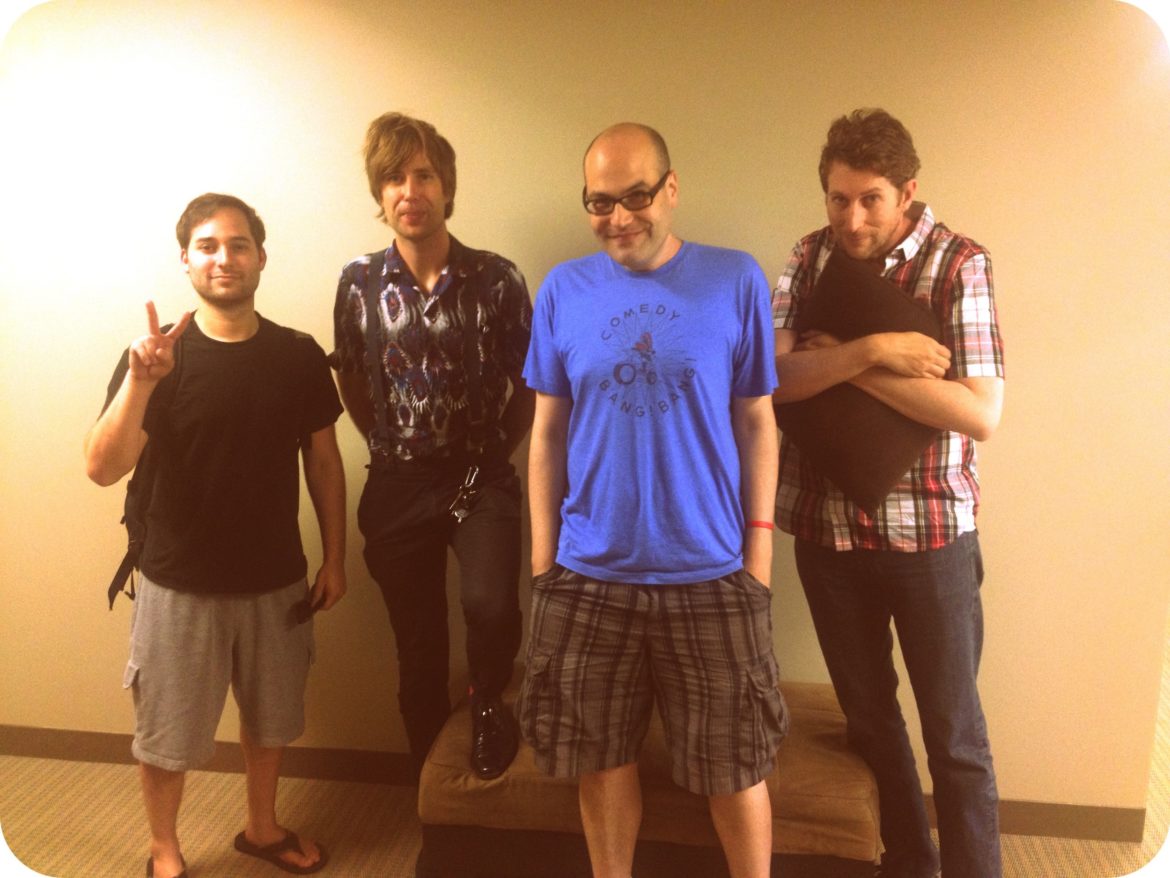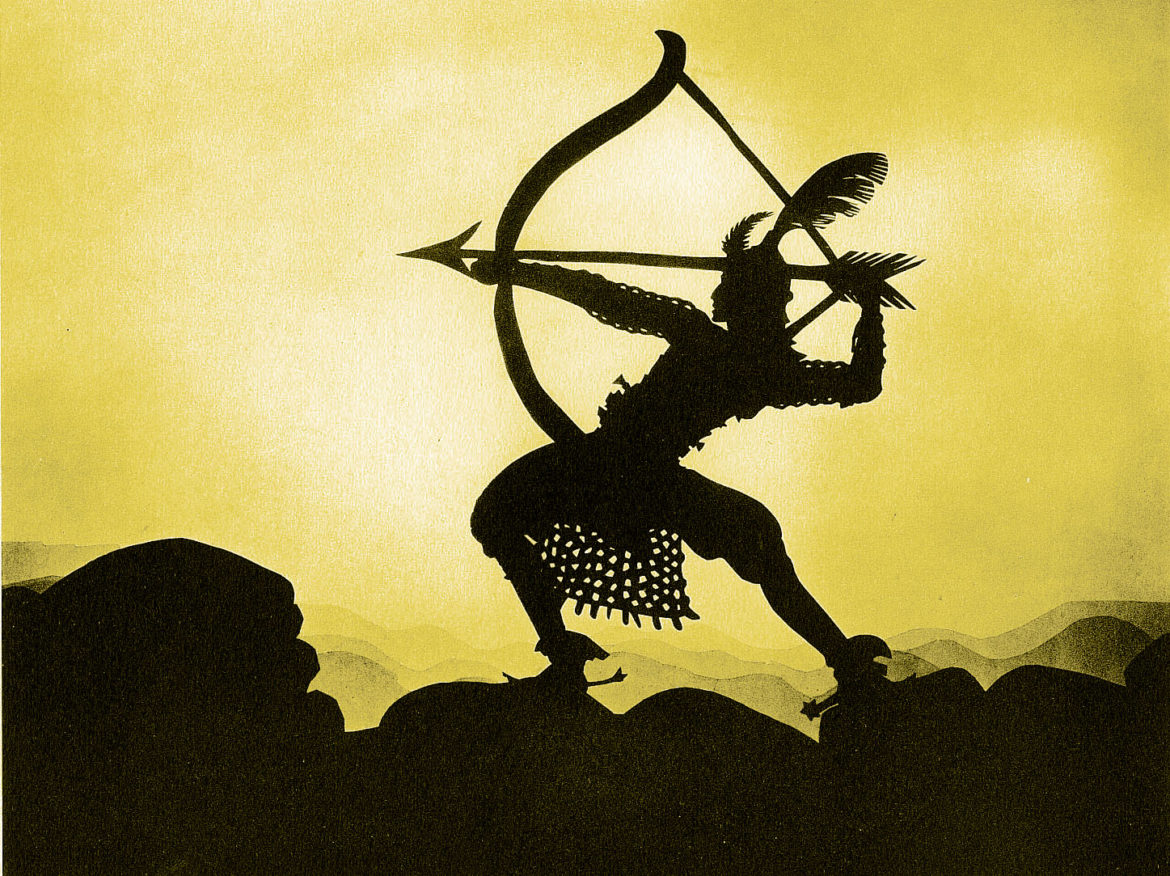It might seem odd to group The Homesman and The East together for consideration. The first is a solid but somewhat frustrating Western, with a feminist edge. The second is an embarassingly broad, largely contemptible genre picture about cartoonish, dumpster-diving eco-terrorists that consistently rings false.
Film
The term “melodrama” gets a bad rap these days, implying artificially heightened emotions and stagy, contrived narratives, but few genres or tendencies have held such continuing appeal over time. In the silent era, these were more the norm than the exception, and Teinosuke Kinugasa‘s Crossroads (1928) shows this to be as true in Japan as anywhere else in the film-making world.
So The Dissolve called it quits today. This is a shame. During its two-year run, it was the go-to place for smart, insightful, hilarious film writing. Its team of writers will go on to do more awesome stuff, to be sure, but it’s still a bummer for those of us who read it regularly.
Love & Mercy is a bad film made with the best of intentions.
It has been championed by various critics and has its fair share of blurb-ready accolades, but, with all due respect, those people are mistaken. To its great credit, however, it provides an opportunity to examine exactly why the biopic is such a toxic, unpleasant, and inherently ridiculous affair.
There are dozens upon dozens of indelible moments in Satyajit Ray’s Apu Trilogy that could be held up as emblematic of the glorious whole, its empathy and gentle wisdom. The three films – Pather Panchali (1955, and filmed over the course of the previous four years), Aparajito (1956), and The World of Apu (1959) – are awash in masterful touches, perfectly framed and naturalistically performed scenes, psychological depth, and haunting beauty.
The Big City, Indian master Satyajit Ray’s deeply feminist and empathetic 1963 depiction of a changing Calcutta, is nearly perfect in every way.
With nuanced performances, especially from the luminous Madhabi Mukherjee as Arati Mazumder and Anil Chatterjee as her wry, conflicted husband Subrata (Bhambal), and an effortless sense of place, custom, and the economic pressures that challenge tradition, the film is an utterly absorbing experience, by turns uplifting and heart-rending.
As Spike Lee’s Kickstarter-funded 2014 outing Da Sweet Blood of Jesus begins, its lead rattles off a full minute of arcane, uninterrupted exposition about the Ashanti culture, ancient blood transfusions, the collapse of their civilization thanks to addiction, and how this ties into the present day.
Note: This was written as part of The Dissolve commentariat’s tribute to Nathan Rabin.
In a recent piece, Nathan Rabin reflected on a vicious review his memoir received, which baselessly took him to task for snark and cynicism.
Although this particular review didn’t have much ground to stand on, he (rather generously) concedes:
I realized I sometimes used humor, or at least jokiness, as a crutch so I resolved to be more nakedly sincere and open in my writing.
As a committed luddite and card-carrying hipster douchebag, I obviously have no regular access to a medium so pedestrian as “television.” But as someone shaped by the technology around me and in some ways desirous of it — let’s call this the “robot” part of the equation — I also obviously seize every opportunity to watch someone else’s television whenever possible.
Part of an ongoing effort to watch a set of films from non-White, non-U.S., non-male, and/or non-straight filmmakers and depart a little from the Western canon. The intro and full list can be found here.
For many of of us, I’d wager, animation starts with Walt Disney.

